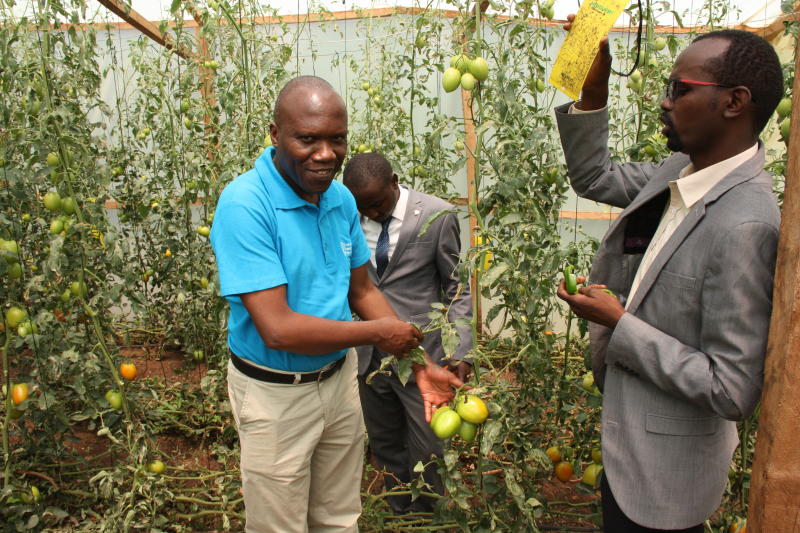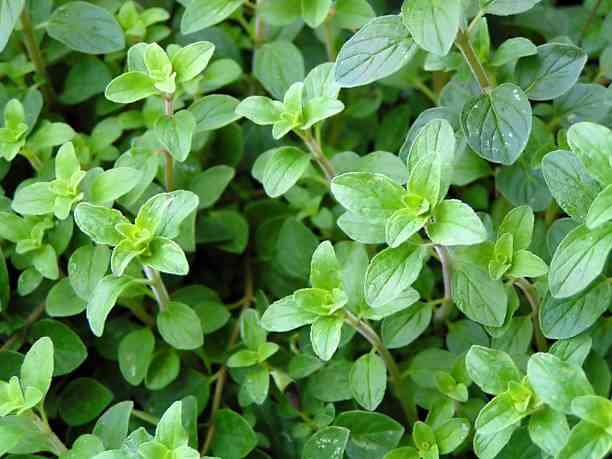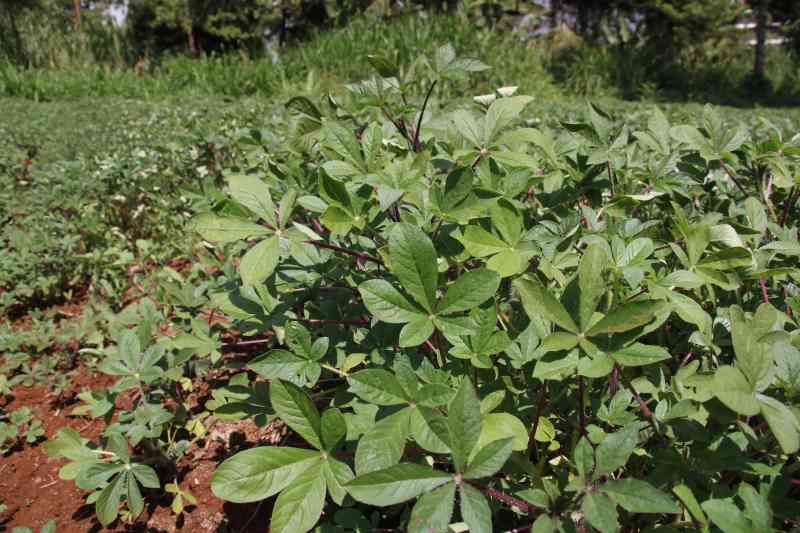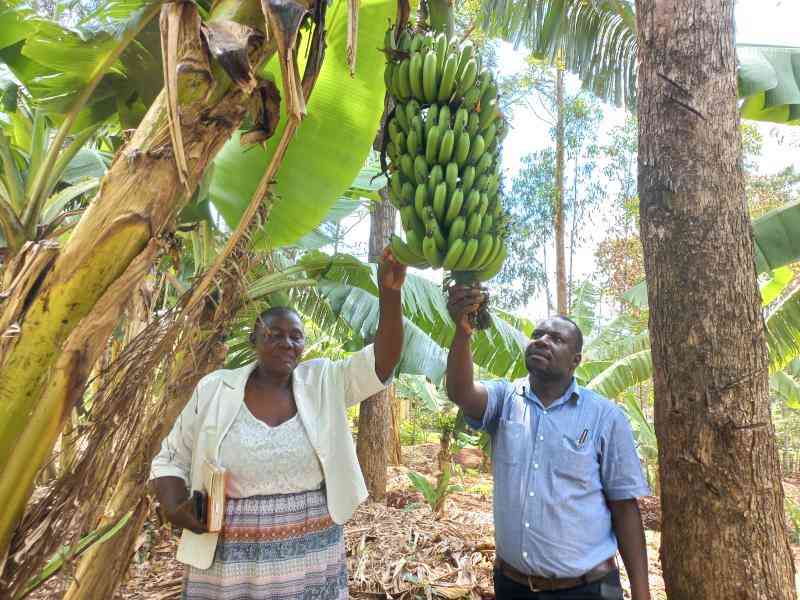
Gabriel Rugalema, Food and Agriculture Organisation country representative on how the organisation is helping farmers access markets, beat climate change.
Where are we as a country as far as food security is concerned?
We are far from being a food secure country, not when 2.5 million people are food insecure annually. There are two key problems that make the country food insecure. One is poor production and less productivity. To an observer, the two issues look similar.
However, production means we may increase the area under agriculture but productivity means the amount we get is still below par. As an example, Kenya produced 50 million bags of maize in 1961 when the population was only six million. Today, we are still producing the same amount of maize to feed close to 50 million people. There is production but little productivity.
What can be done to increase productivity?
A large area of Kenya’s land mass or 70-80 per cent is arid and semi-arid. We must look for ways to bring more and more of this vast area under cultivation, not just raising livestock. We can start by working on water harvesting techniques. For example, we have observed that dry areas such as Turkana have a huge potential for farming but only lack water.
More though is needed apart from water. Remember that people in Turkana have never farmed and the first thing is to train them in farming methods. We must turn these areas from basket cases to bread baskets.
How can we harness technology to achieve those goals?
Our farming is still rudimentary. In my opinion, the jembe as a farming tool belongs to the museum. We have used the same methods for the last 60 years and want to see different results. Interestingly, Kenya had mechanised centres where farmers could get information on emerging farming methods.
These centres have since disappeared. We are competing with farmers in developed lands who have easy access to technology while a farmer here cannot even access the basic information such as fertiliser availability or how to detect fake seeds not to mention market information. To harness current technology, we must change our mindset and treat the farmer as an entrepreneur first, and then other sectors will see the need to invest in agriculture.
This is because farming machinery is expensive and out of reach of many small scale farmers. However, if other players in the chain see that farming is a predictable business that can pay, they will put in money that will go towards the use of modern technology.
Are you saying it is difficult for farmers to access credit?
Yes. It is a pity that only four per cent of local bank portfolio is connected with farming. Why do we not have an agricultural development bank? Holland, one of the countries that has made great strides in agriculture has a bank purely set up to cater for farmers’ needs. Although it can invest in other value chains, an agricultural development bank would prioritise financial needs of farmers.
Farmers would also be part of such an institution. The challenge is that though these proposals appear on paper, decisions take forever to actualise.
What about market access?
Most Kenyan farmers farm with no specific market in sight. Farming first and looking for a market later is like running a marathon with eyes covered. Part of the problem is that Kenya does not have a commodity market for foodstuffs. For example, we have coffee and tea exchanges where prices are regulated. Sadly, the food market is full of brokers who wait in the wings and control how much a farmer gets.
In addition, a farmer cannot foresee what the prices will be next year. Linking farmers with the market is one of FAOs key intervention areas. To do that we need to map out all farmers and collect their data, something that lacks today.
There is also the notion that much food is lost during the postproduction phase. How can this be avoided?
Statistics may differ but it is generally assumed that we lose close to 30 per cent post-harvest produce mainly through poor transportation and packaging technologies. If we could just salvage 16 per cent of this amount, it would feed millions.
That also means that we do not necessarily have to increase production but utilise much of what we produce. Some farmers in Ukambani dry their vegetables for use in lean times and thus save money that could otherwise go to food purchase.
FAO recently came up a Country Programming Framework for Kenya 2018-2022. What is the document about?
The CPF is a response to government priorities as set out in the Kenya Vision 2030 and the United Nations Development Assistance Framework for Kenya. We have earmarked four priority areas that are in line with the government’s Big Four Agenda, food security being a key pillar.
The four areas are: developing an enabling policy environment, strengthening an inclusive value chain, an increase in resilience of food and livelihood systems and, an improved natural resources governance. These are easy to monitor and account for. They also form an easier resource mobilisation tool.
You are also a strong advocate for conservation agriculture. How does it work?
Simply put, this is a farming method that has little soil disturbance. A farmer uses mulch as a cover to conserve as much moisture as possible. Such mulch could be made of crop leftovers. The more the soil is bare, the more the wind carries away the topsoil full of nutrients.
One can also use organic manure as much as possible while practicing crop rotation. These ensures that the different crops leave a variety of useful chemicals in the soil.
[email protected]
Want to get latest farming tips and videos?
Join Us
 The Standard Group Plc is a multi-media organization
with investments in media platforms spanning newspaper print operations,
television, radio broadcasting, digital and online services. The Standard Group
is recognized as a leading multi-media house in Kenya with a key influence in
matters of national and international interest.
The Standard Group Plc is a multi-media organization
with investments in media platforms spanning newspaper print operations,
television, radio broadcasting, digital and online services. The Standard Group
is recognized as a leading multi-media house in Kenya with a key influence in
matters of national and international interest.
 The Standard Group Plc is a multi-media organization
with investments in media platforms spanning newspaper print operations,
television, radio broadcasting, digital and online services. The Standard Group
is recognized as a leading multi-media house in Kenya with a key influence in
matters of national and international interest.
The Standard Group Plc is a multi-media organization
with investments in media platforms spanning newspaper print operations,
television, radio broadcasting, digital and online services. The Standard Group
is recognized as a leading multi-media house in Kenya with a key influence in
matters of national and international interest.







